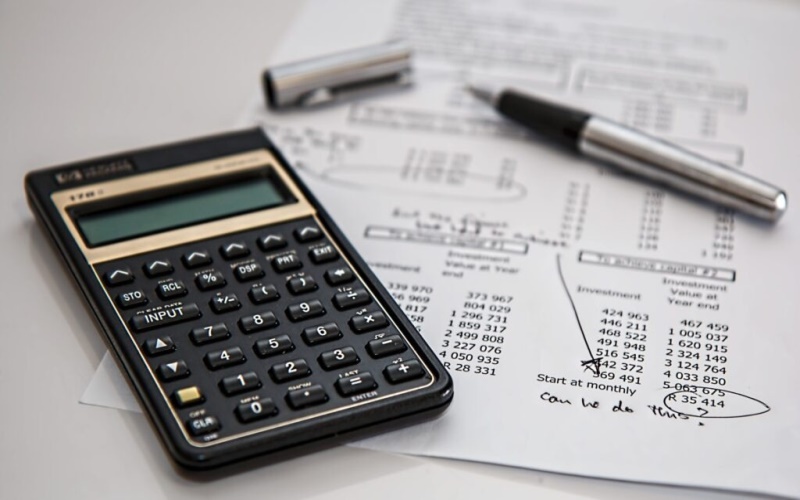Recovering from addiction is a big step, and it’s just the beginning of a journey towards a new, healthier life. Part of this journey involves building a stable financial future, especially after completing a rehabilitation program. This might seem challenging, but with the right strategies and support, like the help you can receive from an IOP program Dallas, it’s definitely possible.
Understanding Financial Stability
Financial stability means having enough money to meet your needs, being able to handle unexpected expenses, and planning for the future without stress. After rehab, you may have to rebuild your finances, which requires planning and discipline. It’s like learning to ride a bike—sometimes you might wobble, but with practice, you’ll ride smoothly.
Step 1: Assess Your Financial Situation
The first step is to understand where you stand financially. Make a list of all your monthly expenses, such as rent, food, utilities, and transportation. Don’t forget to include any debts you may owe. Knowing exactly what you need each month will help you plan better.
Step 2: Create a Budget
Now that you know what your expenses are, create a budget. A budget is a plan for how to spend your money each month. Make sure your budget includes some savings, even if it’s just a small amount. Saving money is like building a safety net that can catch you if you fall.
Step 3: Reduce Expenses
Look at your expenses and see where you can cut back. Maybe you can find cheaper housing, use public transportation instead of a car, or cook at home more often instead of eating out. Every dollar you save is a dollar that can go towards paying off debt or into your savings.
Step 4: Manage Your Debts
If you have debts, make a plan to pay them off. Start with the debts that have the highest interest rates because they cost you the most money. Paying off debt might take a while, but it’s like climbing a mountain—reaching the top feels great!
Step 5: Build an Emergency Fund
An emergency fund is money that you save for unexpected expenses, like if your car breaks down or if you get sick. Try to save enough money to cover three to six months of living expenses. This might sound like a lot, but you can start small and build up over time.
Step 6: Invest in Your Future
Once you have your debts under control and you’ve started saving, think about your future. Maybe you want to go back to school or start a small business. Investing in your education or career can help you make more money in the future.
Step 7: Seek Professional Help
Remember, you don’t have to do this alone. An IOP program in Dallas can provide support and guidance as you work through your recovery and financial rebuilding. They can help you with counseling, education, and even job placement, which can be very important when you’re trying to stabilize your finances.
Step 8: Stay Motivated
Building financial stability takes time and effort. There will be setbacks, but don’t get discouraged. Celebrate your small victories, and keep your eyes on your goals. Just like recovery, every day you stick to your plan, you are one step closer to a stable and secure financial future.
Rebuilding your life after rehab includes taking control of your finances. By assessing your financial situation, creating a budget, reducing expenses, managing debt, saving for emergencies, investing in your future, and seeking help from programs like the IOP program in Dallas, you can build a stable and secure financial future. Remember, the road to financial stability is a journey, not a sprint, and with perseverance and the right support, you can achieve your financial goals.

